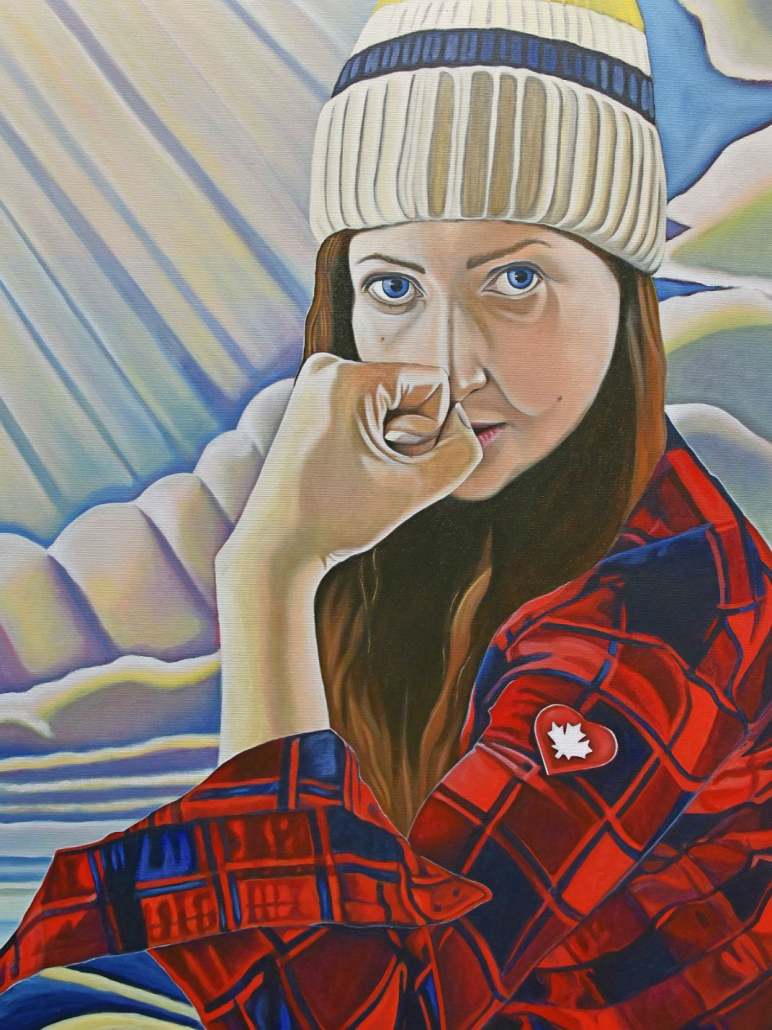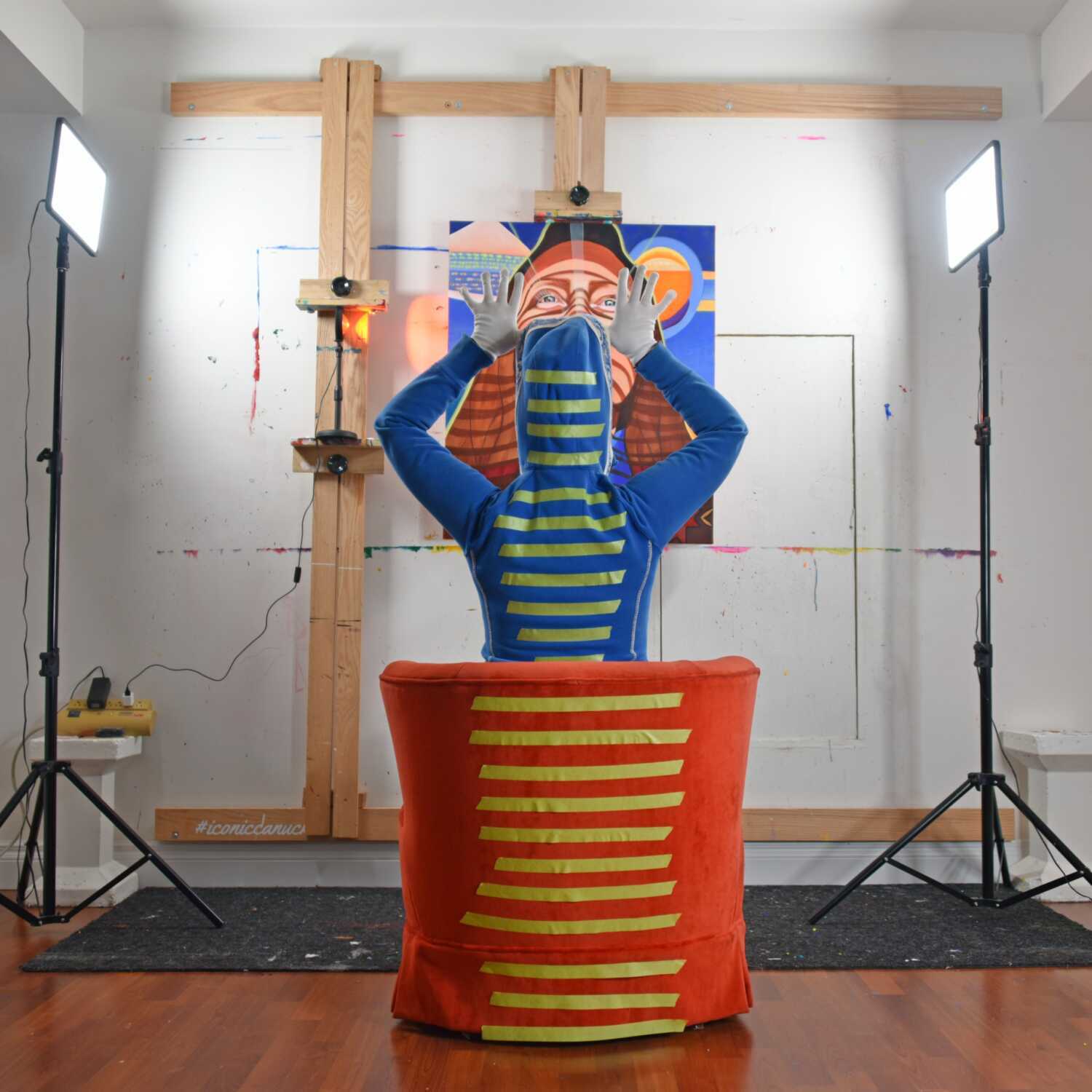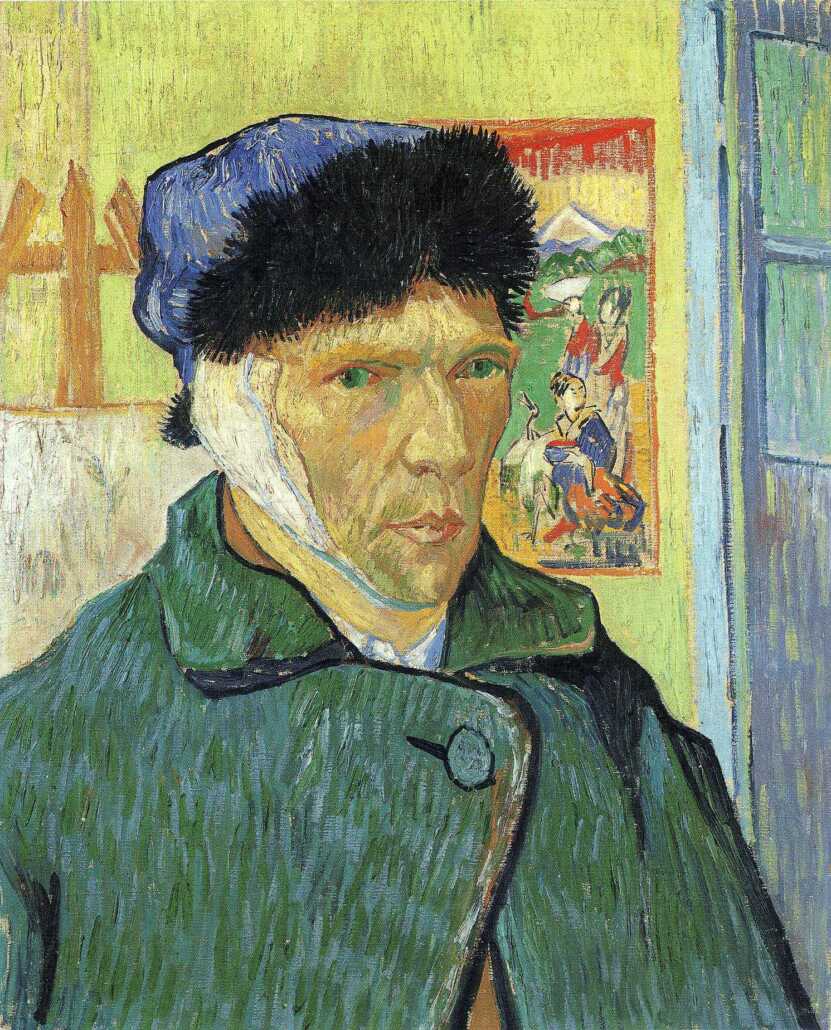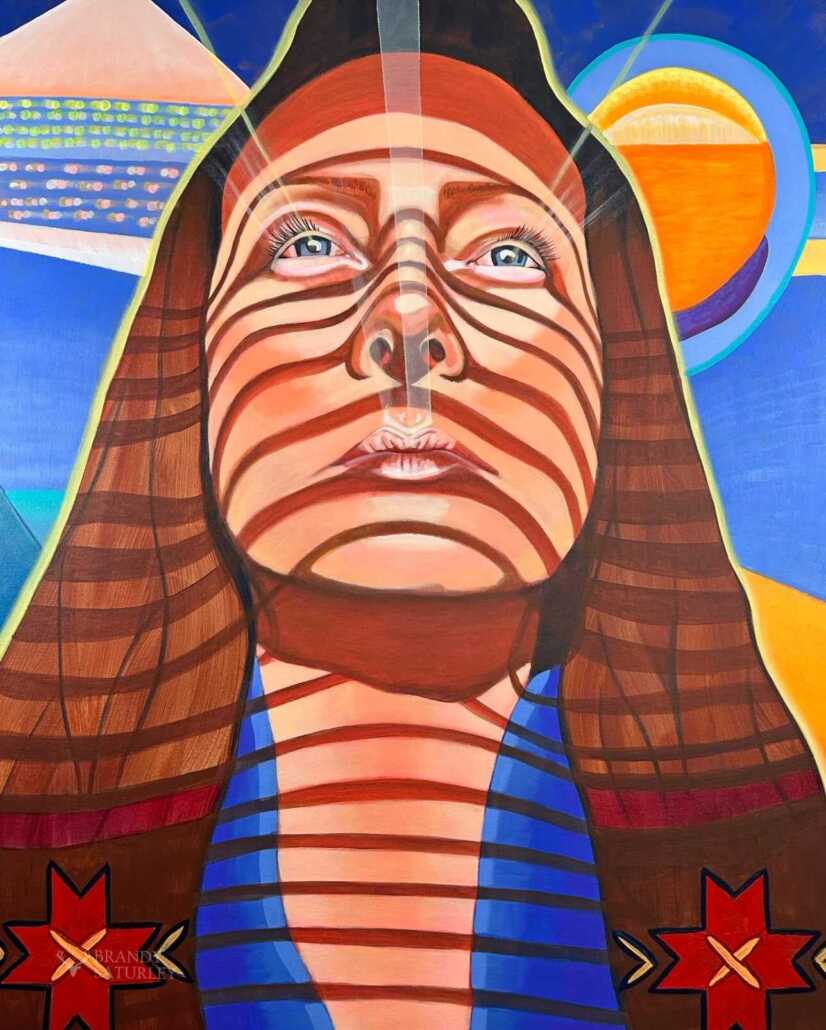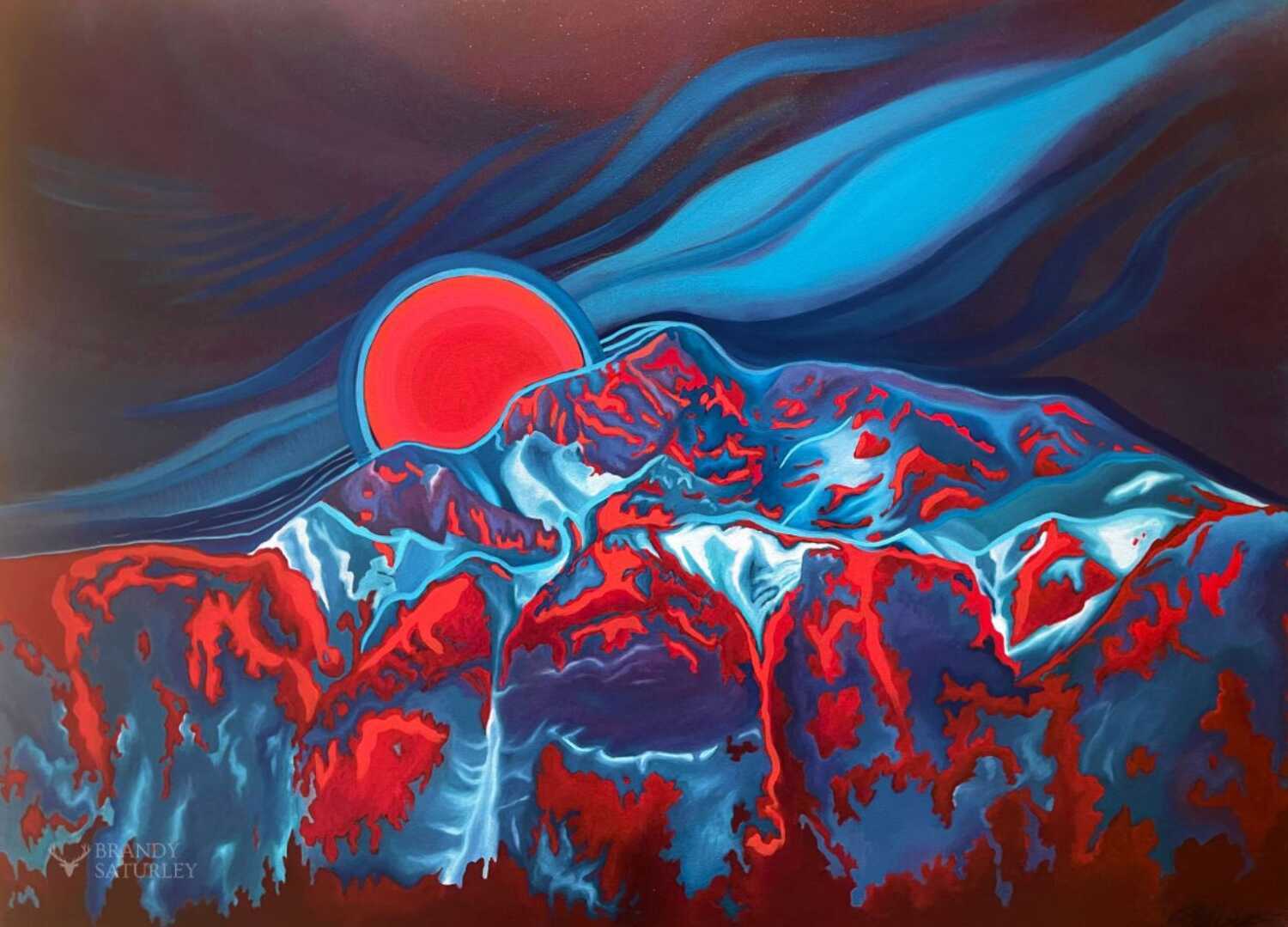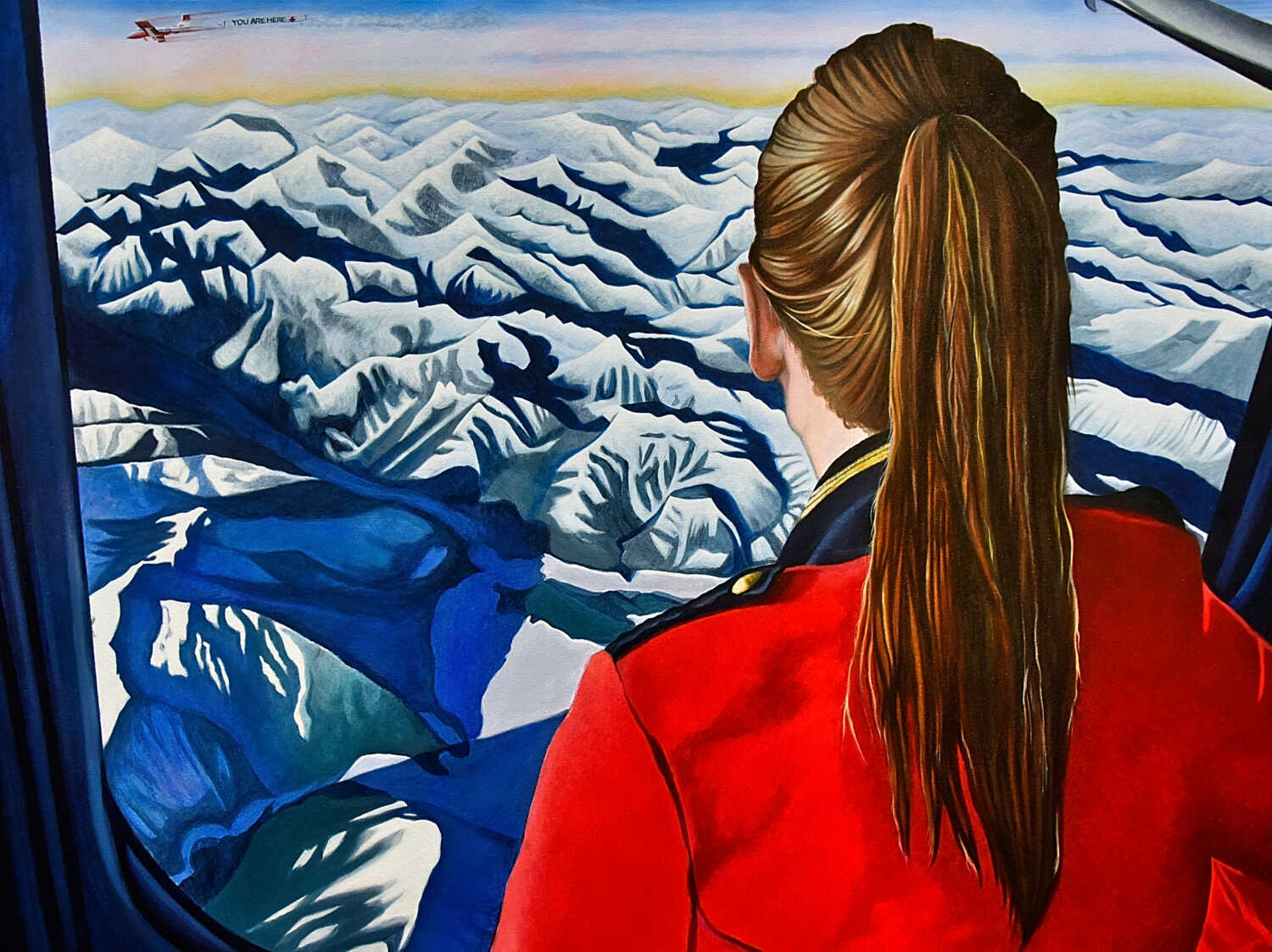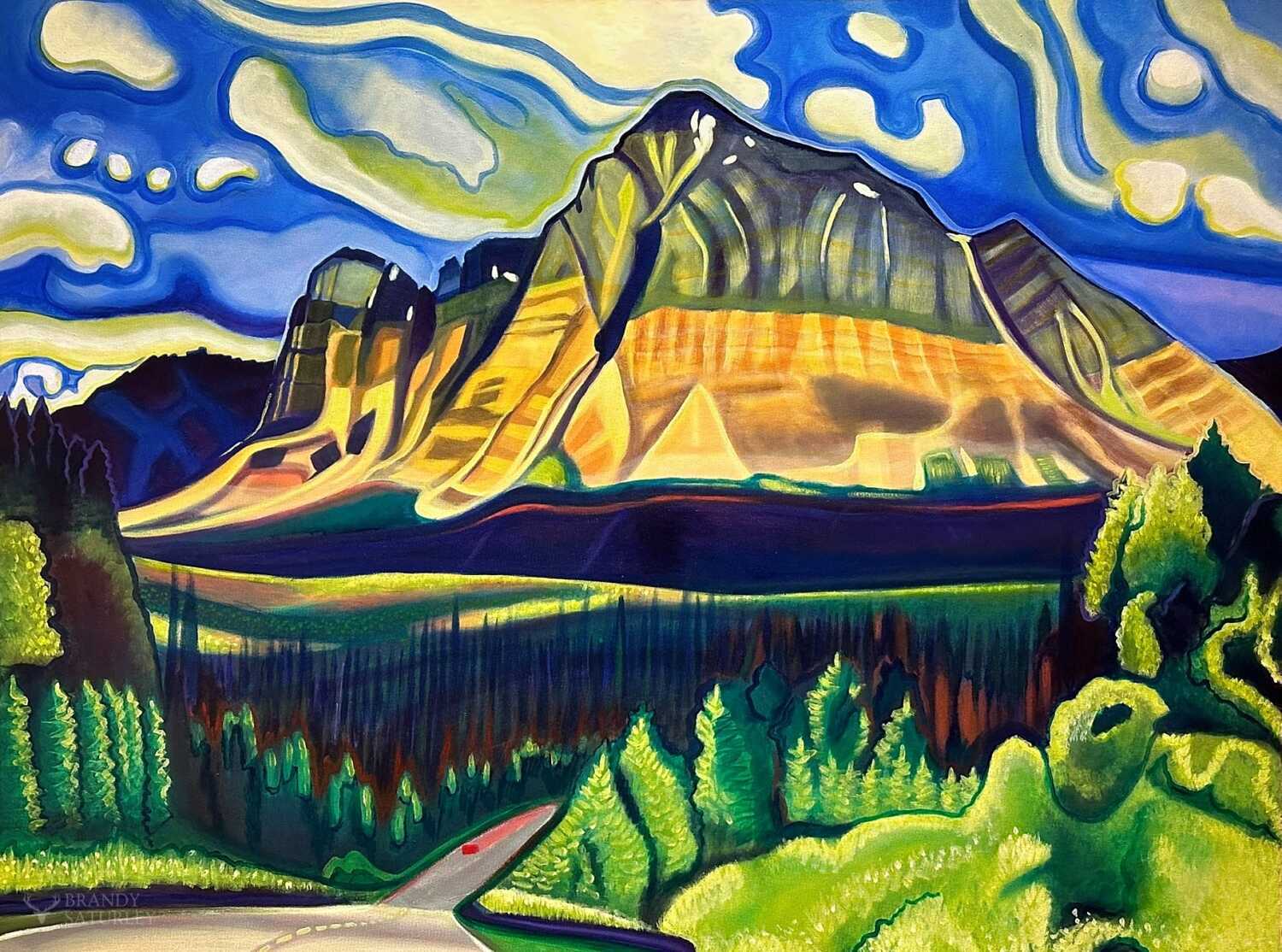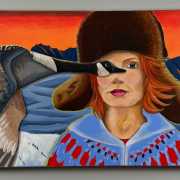Self-Portrait Artist
Ultimately, I am a Self-Portrait Artist
I never set-out on this journey of painting looking to become a famous self-portrait artist. Self-portraits have always been a popular form of art, allowing artists to express themselves and create a visual representation of their inner thoughts and feelings. Three artists who have become particularly well-known for their self-portraits are Rembrandt, Van Gogh, and Frida Kahlo. Each of these artists has created a unique and recognizable style of self-portrait that speaks to their individual personalities and experiences.
Rembrandt Harmenszoon van Rijn was a Dutch painter, who is considered one of the greatest artists in European history. Born in 1606, he painted over 40 self-portraits during his lifetime, which is an astonishing number compared to most other artists of his time. One of his most famous self-portraits is the painting “Self-Portrait with Two Circles” from 1665-1669. In this portrait, Rembrandt is shown wearing a fur-trimmed coat and a large hat, with his head tilted slightly to the side. The two circles in the background have been interpreted in many different ways, with some saying they represent the artist’s eyes, while others believe they are a symbol of his artistic skill.
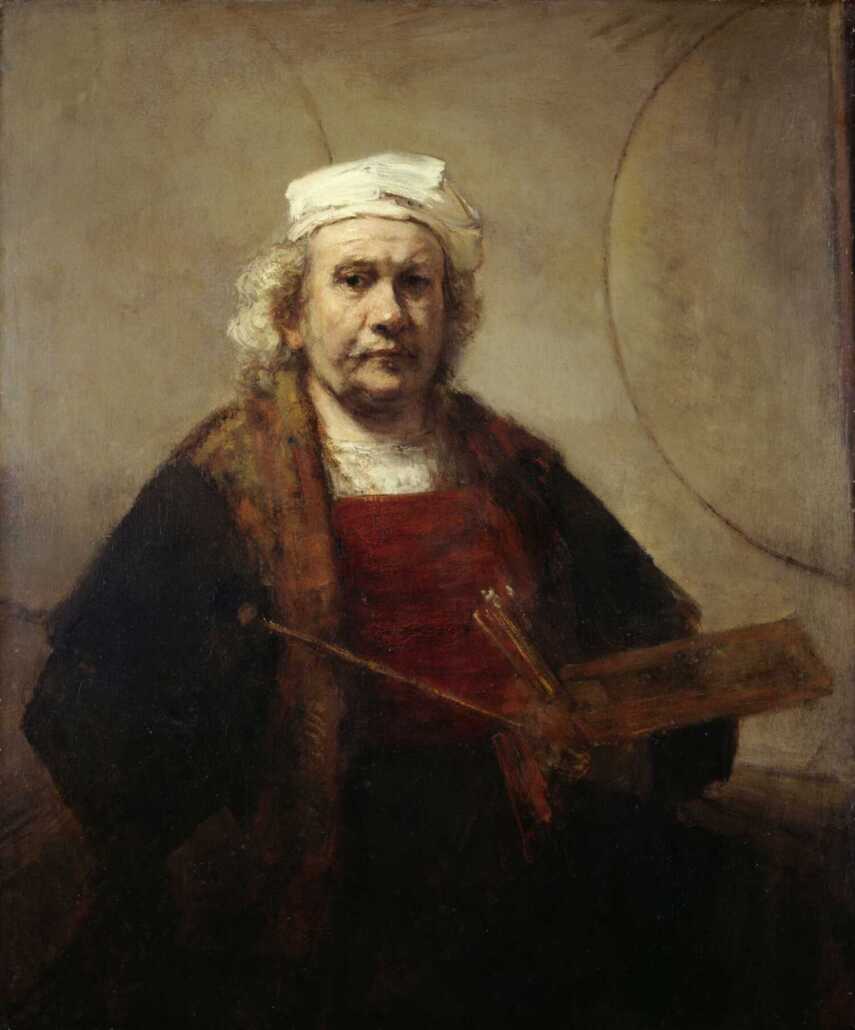
Self-Portrait with Two Circles by Rembrandt van Rijn
His self-portraits are not only an insight into his own personality, but also a reflection of the society and culture in which he lived.
One of the things that makes Rembrandt’s self-portraits so unique is his ability to capture the inner essence of his subjects. His portraits are not just a reflection of his physical appearance, but also his emotions and psychological state. He was known for using dramatic lighting and shadow to create a sense of depth and intensity in his work. His self-portraits are not only an insight into his own personality, but also a reflection of the society and culture in which he lived.
Vincent van Gogh was a Dutch post-impressionist painter, who is known for his bold and colorful paintings. Born in 1853, he painted around 43 self-portraits during his lifetime. One of his most famous self-portraits is “Self-Portrait with Bandaged Ear” from 1889. In this portrait, Van Gogh is shown with a bandage over his ear, which he famously cut off in a fit of madness. The painting is notable for its use of bright, contrasting colors, and the intense gaze of the artist.
His self-portraits are not only a reflection of his own personality, but also a celebration of the natural world and the beauty of everyday life.
Van Gogh’s self-portraits are characterized by his use of bold brushstrokes and vivid colors. His paintings often convey a sense of emotion and raw energy, reflecting the inner turmoil and passion of the artist. He was known for his use of thick impasto, which gives his paintings a tactile quality and a sense of depth. His self-portraits are not only a reflection of his own personality, but also a celebration of the natural world and the beauty of everyday life.
Frida Kahlo was a Mexican painter, who is known for her bold and colorful self-portraits. Born in 1907, she painted around 55 self-portraits during her lifetime. One of her most famous self-portraits is “Self-Portrait with Thorn Necklace and Hummingbird” from 1940. In this portrait, Kahlo is shown wearing a necklace of thorns and a dead hummingbird, which is a symbol of death in Mexican culture. The painting is notable for its use of vibrant colors and intricate details, and the intense gaze of the artist.
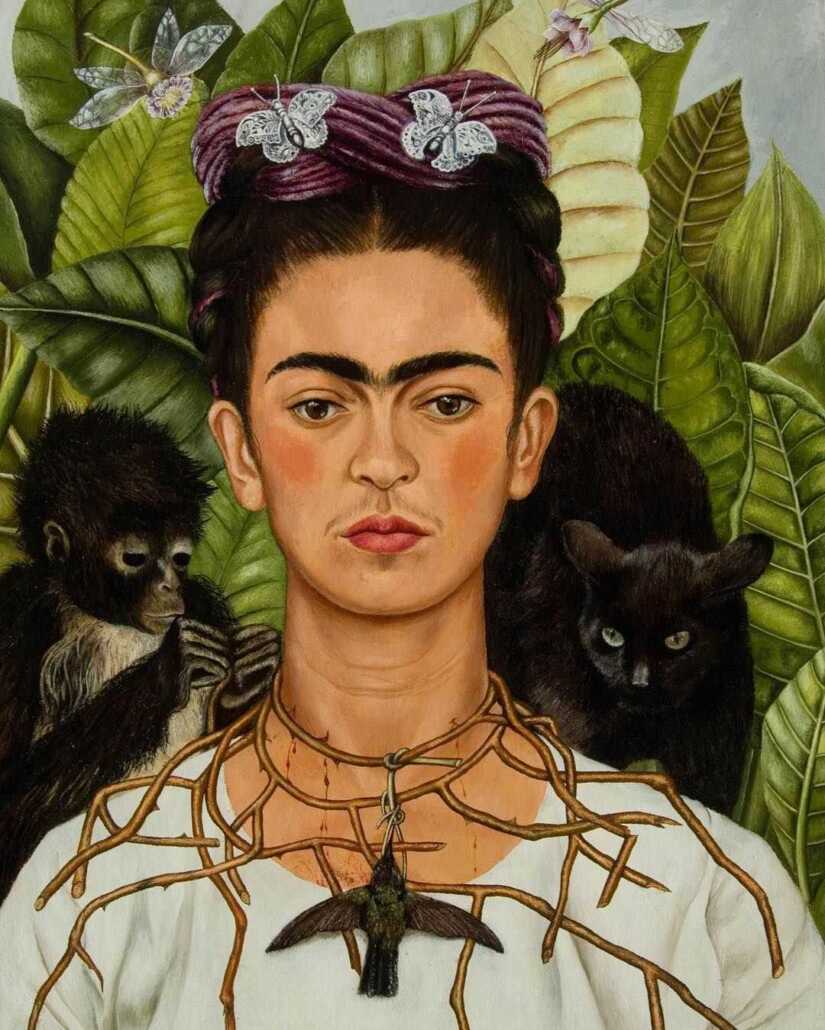
Self-Portrait with Thorn Necklace and Hummingbird, Frida Kahlo
Her self-portraits are not only a reflection of her own personality, but also a celebration of Mexican culture and traditions.
Kahlo’s self-portraits are characterized by her use of bright colors, intricate patterns, and symbolic imagery. Her paintings often convey a sense of pain and suffering, reflecting the physical and emotional struggles she faced throughout her life. She was known for her use of surreal and dreamlike imagery, which added a sense of mystery and complexity to her work. Her self-portraits are not only a reflection of her own personality, but also a celebration of Mexican culture and traditions.
If you are an artist, you absolutely are creating autobiography in your work. Your work is a record of your time on Earth and how all those experiences you have filter through your artist lens and pour out onto the canvas. For some painters this includes painting your self-portrait over a number of years, as your artist voice develops and evolves. Every year I paint a self-portrait, examining my place in the world and commenting on my journey as an artist. Perhaps through painting myself at different times in my life it is a record of my time in this world as an Artist. I paint myself into these paintings because I suppose I am looking for myself in the world.
My self-portraits are not only a reflection of my personality, but also a celebration my Ukrainian Canadian culture and perspective on the collective Canadian consciousness.
In this most recent portrait, ‘Dochka Rising’ I have placed myself in the foreground, I am looking up casting my gaze upwards. My face is dressed in shadows casting stripes across my face and hair. On the lower portion of hair you see symbols and pattern from weaving my Ukrainian great-grandmother made, passed down to me by my mother. At this time in my life my parents are aging fast and things are changing daily. My mother who was my earliest mentor in art and life, is now requiring our care. I am feeling the need to take time and connect more deeply to my cultural roots, which includes Ukrainian, British and Canadian. As I begin inheriting pieces from my Ukrainian great-grandmother I am discovering my family heritage; woven with arts, crafts, symbols and stories. As my career and work as a Canadian Artist continues to ascend, the depth of my work grows with renewed excitement and explorations of my Canadian consciousness.
In conclusion, self-portraits have been created by many artists throughout history and have been used as a means of self-expression and self-reflection. Many artists have used self-portraits to explore their own identities, emotions, and inner thoughts, and to communicate these ideas to others through their art. Self-portrait artists may also use their works to document their physical appearance over time or to make a statement about the human condition.
